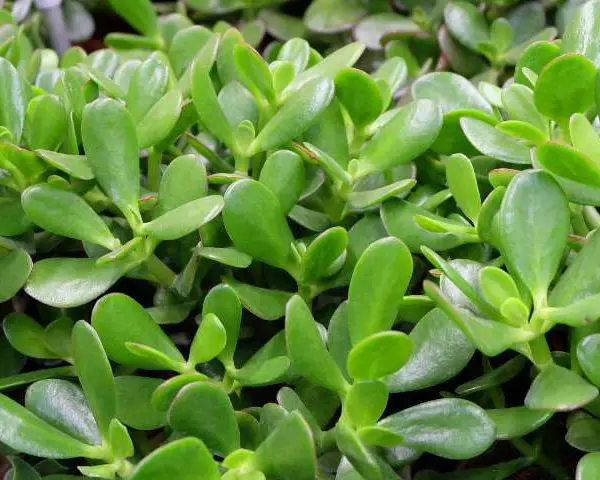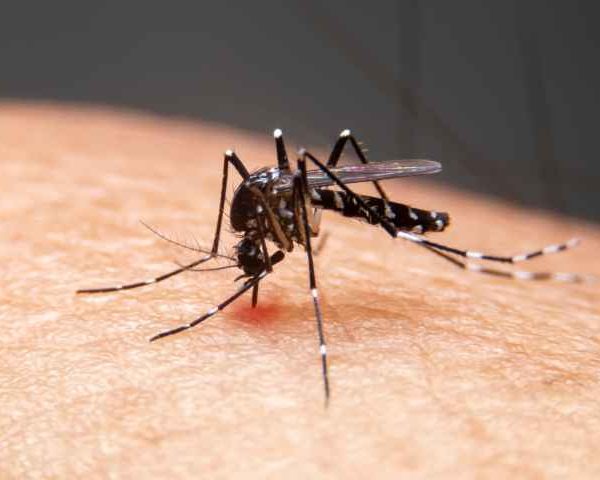It’s well-known that crop rotation is essential for maintaining soil health and maximizing yield. Let’s explore which plants can and cannot be planted after potatoes to avoid losing your harvest.
What Plants Can Be Planted After Potatoes?
Potatoes absorb a variety of trace elements from the soil, making it crucial to follow them with the right crops. Here are some excellent choices:
- Leguminous crops: Beans, peas, and other legumes can help restore nutrients.
- Root vegetables: Plant turnips, radishes, and horseradish to benefit from the enriched soil.
- Fruiting plants: You can sow pumpkins, squash, and zucchini without issue.
- Alliums: Large onions and garlic thrive when planted after potatoes.
- Beets: These can also be grown for a rewarding harvest.
What Plants Cannot Be Planted After Potatoes?
Certain plants should be avoided in the rotation following potatoes:
- Cabbage: This crop struggles to thrive if planted in the same area as potatoes.
- Strawberries: They are susceptible to pests like wireworms and cabbage worms when following tubers.
- Nightshades: Avoid planting tobacco, eggplant, peppers, and tomatoes in potato plots due to common diseases.
For a successful rotation, consider planting potatoes in areas where you previously grew cabbage, cucumbers, spinach, greens, and zucchini. After legumes, it’s also safe to return to planting potatoes.
Show Comments



